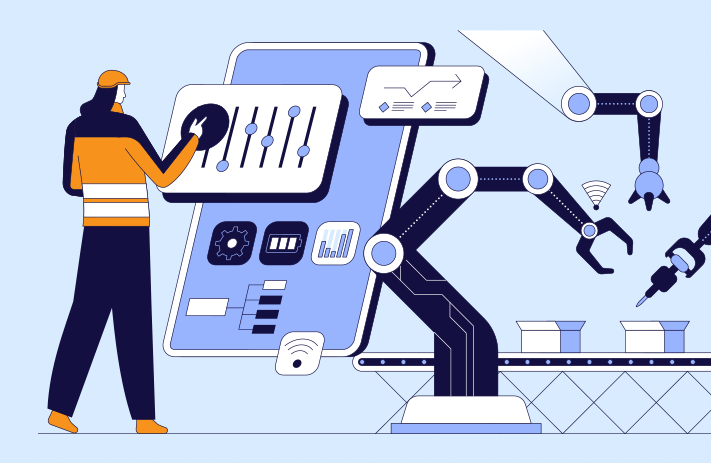
Click the button to start reading
Best Practices for Project Management in the Manufacturing Industry
They say that change is constant, but for manufacturing, change is both constant and rapid. It wasn’t so very long ago that agile, kanban, lean and the theory of constraints took manufacturing plants by storm, and everyone was focused on pull workflows, continuous improvement and systems built around the weakest link in a process.
Now, it’s an entirely new can of worms. Phrases like the 4th Industrial Revolution, digital twin, and predictive maintenance are more than buzzwords that float around the office. They’re concepts that pose to upset the entire manufacturing industry.
For a project manager this poses a real challenge. You may have received your training in one set of skills, yet the current landscape demands something entirely different. It’s a bit like being on a treadmill that’s going faster than you can run. Yet if you can’t keep pace with change, the organization becomes obsolete.
With the right focus, however, things needn’t spin out of control. Managing projects in the manufacturing industry requires many of the same systems and processes as before. And with the dawn of this 4th Industrial Revolution, there’s a few more skills besides. Let’s consider some of these changes, the challenges they pose, and the skills and tools required to assist with managing a project in manufacturing.
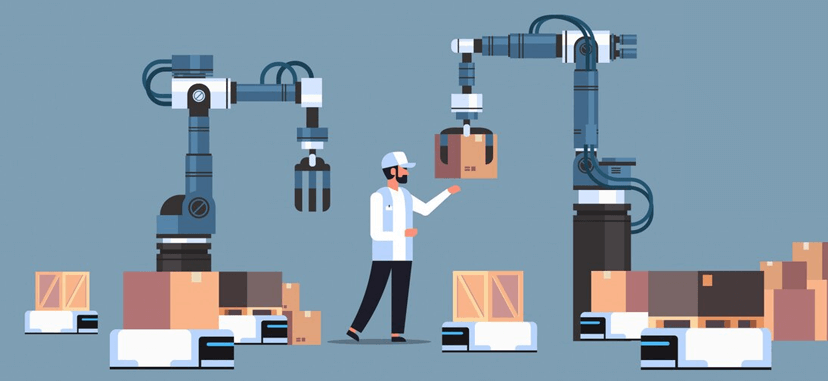
Manufacturing: The New Landscape
Automations, artificial intelligence and robots pose significant changes to the manufacturing industry. While no one knows the full impact of these changes, some experts believe that they will upset the entire current systems of manufacturing. Others believe that many production processes will remain the same, but the overall efficiency will increase.
Many of these changes are already taking place. According to some statistics, the number of robots used in factories around the world has more than doubled over the last decade. In manufacturing industries like India and China, digitization is the top priority for upper management.
Let’s look at some of the components of this manufacturing revolution, and consider how each might impact current processes.
3-d Printing (Additive Manufacturing)
3-D printers have been around for some time, but it’s only in the past few years that they have become sophisticated enough to incorporate into a manufacturing system. These printers re-create objects out of plastics using a computer model. Their key advantage is the ability to create complex items that couldn’t be created by hand.
This capacity to recreate objects in 3-D, also known as additive manufacturing, is utilized for small items and will improve overall efficiency in the manufacturing process. It also allows for greater customization. They can also create 3-dimensional models from a 2-dimensional image, which offers a wealth of new opportunities to designers. Similarly, manufacturing software development plays a key role in enhancing these technological advancements.
Digital Twin
A digital twin simulates a manufacturing process. It is similar to business process modeling which allows managers to test changes to manufacturing processes without making the changes in real life.
Digital twin has many practical applications to manufacturing. For example, it has been used in designing self-driving cars. Using digital twins, a traffic situation is simulated, which allows designers and manufacturers to design and program these cars for ultimate safety.
Predictive Maintenance and Analytics
Predictive maintenance is a process of fixing problems before they start. It collects and analyzes data to identify maintenance or repair issues and assign resources to the right equipment in real time. Naturally, this technology should save time and resources in the manufacturing process. Predictive maintenance is possible in part due to the internet of things, which we’ll define next.
Internet of Things
Smart technology has connected so many of our everyday devices. It allows our phone to speak to the refrigerator and our computer at the same time. And this technology has a huge impact on manufacturing. It allows for remote asset monitoring, as explained above. With technology like this, gemba walks are a thing of the past. Plant managers needn’t peruse the plant to oversee the production line. Rather, technology can conduct this surveillance and report it back to the manager.
Robots and Artificial Intelligence
Artificial Intelligence (AI), as the name suggests, is a computer-based intelligence. It allows computers and robots to perform tasks that formerly could only be performed by a person. It’s abundantly clear how AI poses to upset the manufacturing industry. As robotic technology replaces human labor, it could lead to massive redundancies and complete transformation of manufacturing processes.
As you can see, the 4th Industrial Revolution presents many new possibilities, and with each comes its own set of challenges. It compels organizations and project managers to incorporate strategic agility, and to develop new skills to adapt to changing landscape. Now let’s consider some of these challenges.
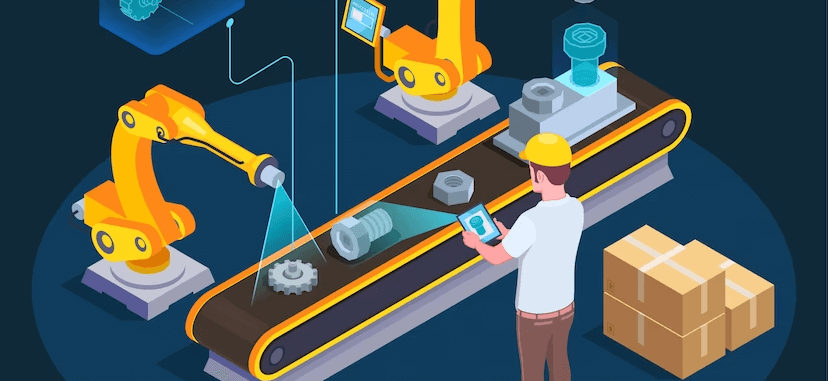
New Processes & Challenges in Manufacturing
Manufacturing has been slower to adapt to automation and smart technology than other industries like IT. This is probably due to the many challenges that it poses. Let’s review some of these central challenges.
Implementation & Resistance to Change
While the leaders in manufacturing are enthusiastic about the possibilities of a digitization, implementation is the real stumbling block. Age old processes develop deep grooves, and upsetting these processes inevitably encounters resistance. Fortunately, resistance to change can be navigated. Getting the top brass on board with big changes and identifying change evangelists within the organization are two key methods to successful implementation.
No Data
It’s so common for processes to operate through memory, and to have no paper trail or proper documentation. This makes it difficult to identify how and where digital technology would benefit the current system. Documenting processes and gathering data are two initial steps that help identify where automations improve the bottom line, and where things can remain as they are.
Little Skilled Labor
At the same time that executives embrace new technologies, the skill sets necessary to apply this technology are still somewhat rare. Oftentimes manufacturing plants aren’t located in glamorous California coastal cities, but rather in remote and obscure places. This makes it harder to recruit niche talent to do the job.
Placing an emphasis on educating current employees helps to mitigate this challenge. When current employees are brought up to speed, it allows for a more fluid transition into the changes brought about by the 4th Industrial Revolution.
An Unknown Landscape
Things like 3-D printing, AI, robots and digital twins are so fresh and new that manufacturers still don’t know their full capacity. And this unknown translates to a lot of experimentation, trial and error. Nor have any of these technologies actually performed the real manufacturing. And so the disparity between the AI model and real life also poses challenges. As a possible solution, companies can set aside a portion of its budget to think tanks and experimentation, hedging their bets that the investment, ultimately, will pay off.
And this presents just some of the challenges that the 4th Industrial Revolution poses to the manufacturing industry. Let’s now turn to some of the skill sets that a project manager might develop in order to effectively navigate these challenges.

New Skills for Project Managers
At the same time that many things have changed for manufacturing, plenty of things still remain the same. The skill set for a project manager, then, requires some of the old and some of the new. Let’s consider some of the strategies a project manager utilizes in order to successfully navigate manufacturing in the current era.
Use Strategic Agility
Strategic agility refers to an organization’s ability to adapt and change. This includes decision agility, which means understanding the new opportunities and challenges in the market, and execution agility, which is applying this knowledge. And so a project manager must understand both how AI technology can benefit the bottom line of his or her organization, and then execute on these changes as well.
Strategic agility is a component of the company’s culture, and so integrating this skill means incorporating its principles into the mission statement and everyday life of the workplace.
Broaden Skill Sets
The role of project manager has many responsibilities and requires specific skills. However, implementing new technology often requires a thorough knowledge of the manufacturing process as well. If the industry produces airbags and seat belts for cars, then a successful project manager understands all of the materials and equipment required for this process. Understanding the ins and outs of the manufacturing process is at the crux of a forward-thinking project manager.
Consider Both Team and Customer Perspectives
The customer comes first in any organization, naturally. But cultivating a healthy culture and functional team is part and parcel to delivering value to the customers. And so a project manager needs to have his or her eye on both the team and the customer in order to make good decisions and keep quality the number one priority.
Coach for Autonomy
An effective project manager cultivates a sense of autonomy and ownership within all members of a team. Rather than entering a work situation and dispensing advice, this approach entails asking lots of questions. A project manager asks workers about the processes they use, what assumptions those processes are based on, and encourages collaboration across teams to share and increase knowledge and best practices. With this approach, employees become conditioned to think and act for themselves.
Gather Comprehensive Feedback
Knowledge is power. When a project manager makes a practice of speaking to everyone in a manufacturing process, it provides a complete picture of the strengths and weaknesses in a current system. Questions like “What is the best part of the company?”, “What would you improve, if you could” and “What are the tools that you need to better do your job?” help to tease out critical information, and highlight areas for improvement.
Lead Transparently
No one likes being spoken down to. And an organization that conceals important information and never discloses income or revenue cultivates an obsequious environment where hard-working employees feel they’re treated like children.
A transparent work culture, however, immediately changes the tone. Exposing numbers, revenue goals and targets makes employees feel like stakeholders. This empowerment elevates enthusiasm and rapport. It increases the team’s adaptability and decreases its resistance to change.
Share Best Practices
Anyone who does the same thing over and over again year after year becomes proficient in their profession. They discover efficiencies and develop a high level skill. However, if everyone works in silo, this expertise is hidden under a blanket. Making a practice of collaborating and sharing knowledge cultivates synergy. People can learn from each other, and the growth of the company compounds.
And this covers some of the top skills required for managers in the manufacturing industry. Fortunately, there are plenty of tools to assist as well. Let’s look at those next.
Manufacturing Software for Project Managers
New technologies like digital twin, robotics and AI can be intimidating. But fortunately, plenty of smart manufacturing softwares are ready at hand to provide assistance. Some of these softwares are decades old, while others are up and coming. Some operate on the cloud, while others are downloaded to a hard drive. All of them provide a sophisticated system for incorporating new technologies into your current manufacturing process. Let’s look into three of the top softwares.
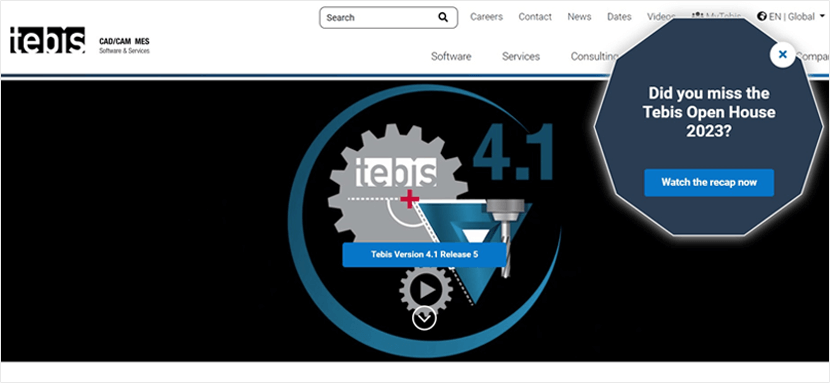
1. Tebis
Tebis is a decades old software that started in Germany. Its forward-thinking team of executives has positioned it as a leader in computer aided machinery (CAM). Tebis provides tools to assist with quality assurance, reverse engineering, and manufacturing planning and design. It offers many of the advancements of the digital revolution, including digital twin and preventative maintenance.
For project managers who are still getting up to speed with the advancements of the 4th Revolution, Tebis provides consulting services that highlight those areas for development and improvement. Plus, this software has an active online community for sharing best practices. Its numerous video tutorials and articles make it easy to get up to speed quickly on the software as well.
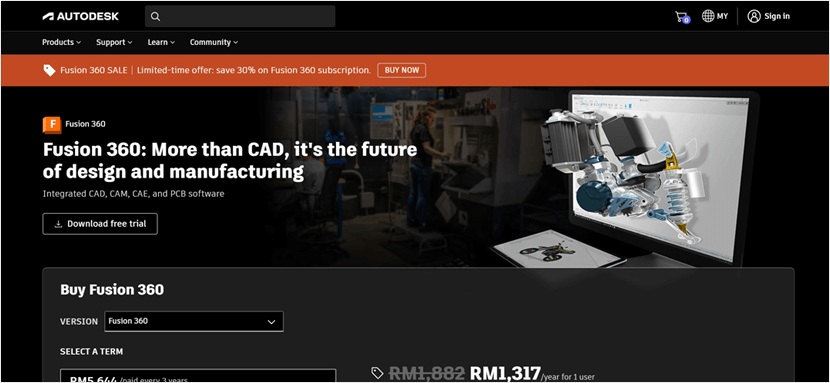
2. Fusion 360
Fusion 360 is a computer aided design (CAD) software developed by Autodesk. It operates off of the cloud, and is the first software of its kind to do so.
Fusion 360 is suitable for many professions including machinist, industrial designer, mechanical engineer and industrial engineer. Its capabilities include 3-D design and modeling, team collaboration, additive manufacturing (3-D printing) and simulations. All these tools create more efficient processes and keep manufacturing plants interconnected.
Fusion offers a 30-day free trial. It provides several plans, including a one year subscription for $300-$500 a year, or bundle options that are either monthly or tri-yearly. This software is also suitable for educational and personal purposes.
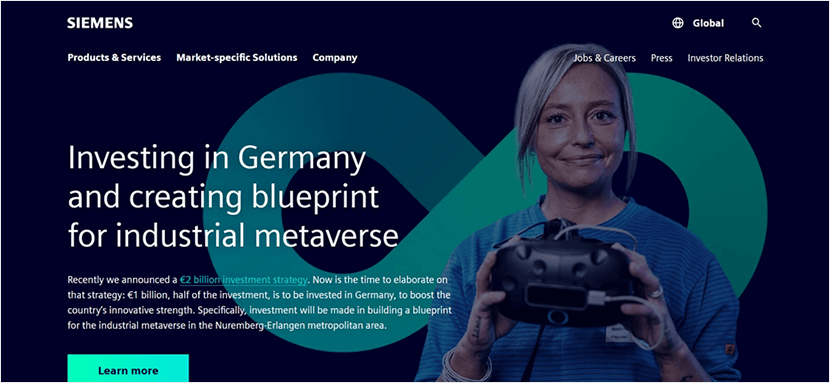
3. Siemans
Siemens is a software company based out of Plano, Texas that offers simulations, 3-D printing and data management. This software is suitable for manufacturing in multiple industries, including aerospace and automotive supply chain, agricultural machinery, medical devices and robotic devices.
The website provides helpful example videos that serve as tutorials and models to determine whether the software is right for your business.
Siemens is available both in the subscription model, or as a software to purchase with a perpetual license. For anyone interested in trying them out, they offer a 30-day free trial.
These sophisticated softwares are just the thing for a project manager looking to up his or her game in the manufacturing industry.
Conclusion
For manufacturing, the good old days aren’t so very long ago. It’s been just a few decades since everyone was learning how to incorporate scrum and agile into its systems, and now it’s a whole new ballgame.
Project managers still face the same problems of yesterday, and so need to master skills like fast tracking, crashing and network diagrams. Yet the 4th Industrial Revolution poses a whole new set of advancements, including digital twin and 3-D printing. And with them come new challenges.
Some of the skills for navigating these challenges include strategic agility and transparent leadership. And it’s necessary to be forward thinking and develop a broad knowledge base not only of project management, but of the manufacturing process as well. Many sophisticated tools, fortunately assist with this.
As a project manager, What is your greatest hope for new technology? What is your greatest challenge?

